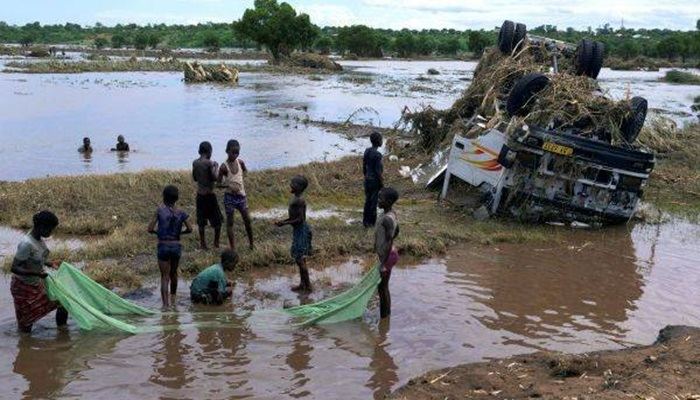A recent Climate Risk Index has raised alarm over the growing threats to the health and well-being of Cambodian children. The index underscores the urgent need for action to protect the younger generation from the worsening effects of climate change.
The Impact of Rising Temperatures and Extreme Weather
The Climate Risk Index evaluates various climate-related factors and their potential impacts on Cambodia. For children, the risks are particularly severe. Rising temperatures, a direct consequence of climate change, can lead to heat-related illnesses such as heatstroke. Children are especially vulnerable due to their developing bodies and lower heat tolerance.
In addition to high temperatures, Cambodia is experiencing more frequent and severe extreme weather events, such as floods and droughts. These events disrupt children’s access to basic needs like clean water, food, and proper sanitation, which are vital for their survival and health.
Health Risks: Waterborne Diseases and Malnutrition
Floods can contaminate water sources, increasing the risk of waterborne diseases such as diarrhea, cholera, and typhoid. Children, whose immune systems are still developing, are particularly vulnerable to these diseases. Furthermore, the displacement caused by floods often forces families into overcrowded and unsanitary conditions, which can lead to the rapid spread of illness.
On the other hand, droughts can cause food shortages, leading to malnutrition. Malnutrition stunts physical growth and can have lasting effects on cognitive development, hindering a child’s ability to learn and grow. The lack of proper nutrition also weakens the immune system, making children more susceptible to diseases.
Education and Economic Challenges
In addition to health risks, climate change also disrupts education. Extreme weather events can damage or even destroy schools, interrupting children’s learning. In the long term, this has the potential to harm their future prospects, limiting their ability to break out of the cycle of poverty.
The economic challenges brought on by climate-related disasters can also force families into difficult decisions. Some families may be forced to pull children out of school to help with work or to manage their livelihoods, limiting educational opportunities. This economic strain can trap children in a cycle of poverty, further diminishing their chances for a better life.
The Need for Immediate Action
To address these growing threats, immediate action is required at both the national and international levels. The Cambodian government, with support from international organizations, must prioritize improving climate resilience. This could involve building flood-resistant infrastructure, implementing water management strategies to combat droughts, and strengthening the healthcare system to better respond to climate-related health crises.
Additionally, there is a need for education-focused initiatives to ensure that children can continue learning even during extreme weather events. For example, online learning programs could help maintain education during times when schools are closed or damaged by natural disasters.
The Role of the International Community
The international community also plays a critical role in supporting Cambodia’s efforts to protect children from the impacts of climate change. Developed countries, which have contributed significantly to the climate crisis, should offer both financial and technical support. This can include funding for climate-adaptation projects, sharing climate-friendly technologies, and building the capacity of local communities to respond to the challenges posed by climate change.
Conclusion
The findings of the Climate Risk Index paint a concerning picture for Cambodia’s children. However, with timely and coordinated action, there is still hope for mitigating the impacts of climate change and protecting children’s health and future. By working together—national governments, international organizations, and local communities—it is possible to secure a better and safer future for Cambodia’s next generation.
Related topics:


